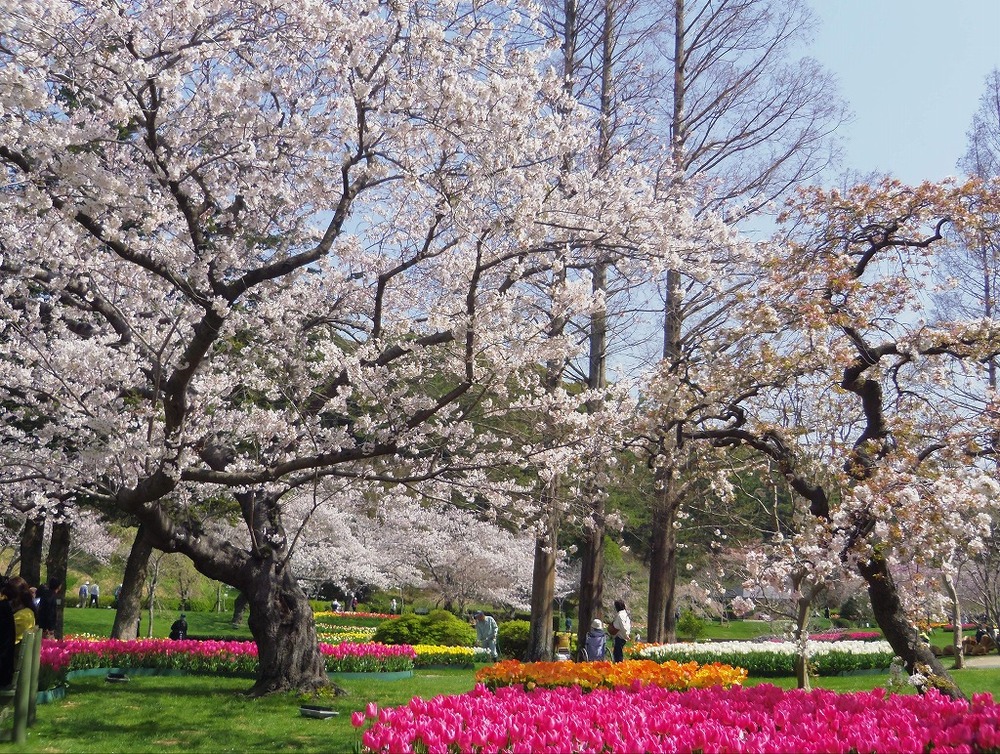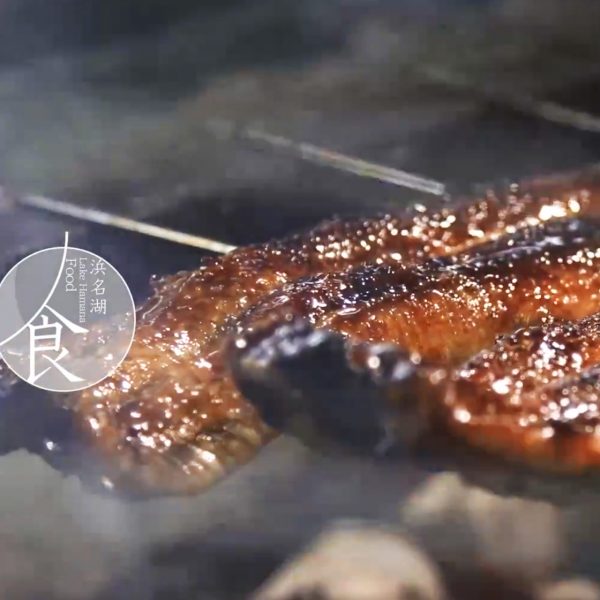Get to Know Hamamatsu
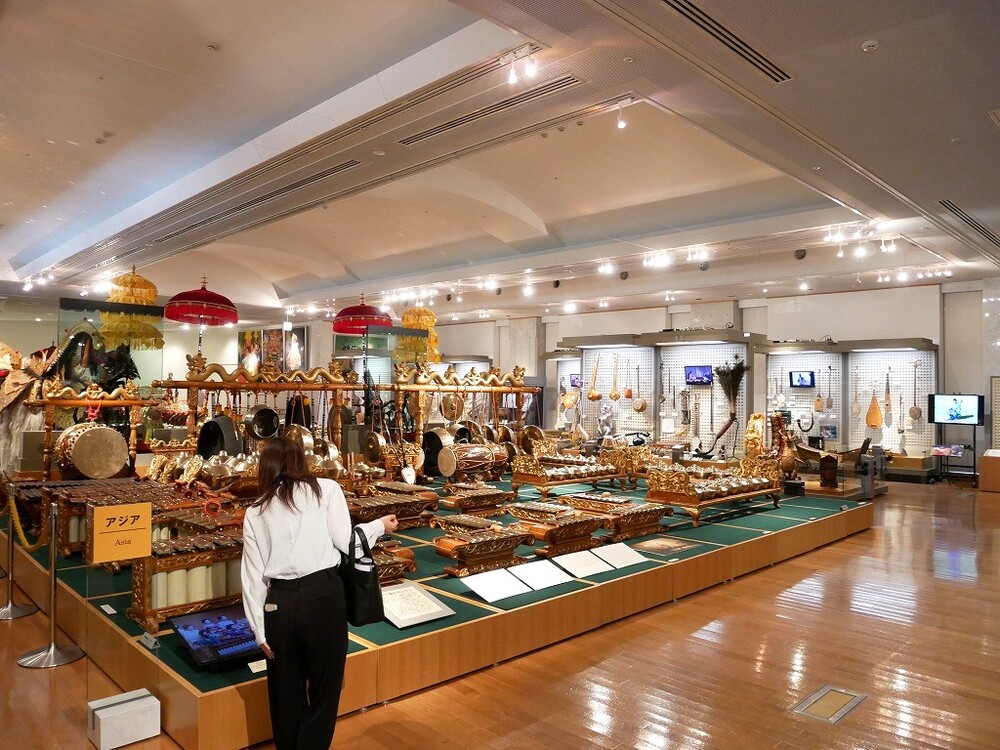
- Watch
Enjoy instruments from the past and present at the Hamamatsu City Musical Instrument Museum, where you can see, hear, and experience!
Instruments that appear in various stories such as manga, novels, and dramas.
The Hamamatsu City Musical Instrument Museum is Japan’s first public musical instrument museum, where you can see and hear musical instruments from all over the world up close.
There is also an experience room where you can actually play musical instruments, which is popular for both adults and children.
In this article, we will introduce the charm of Hamamatsu City Musical Instruments Museum with many photos.
Hamamatsu City Musical Instrument Museum where you can enjoy musical instruments from all over the world
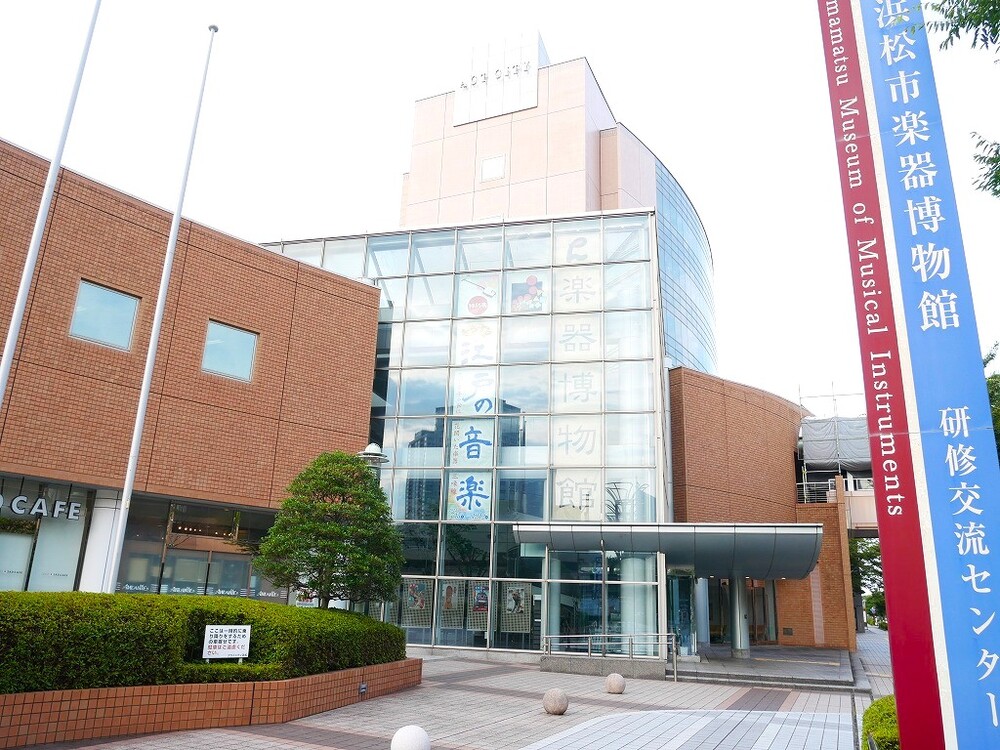
*Hamamatsu City Musical Instrument Museum
About 10 minutes walk northeast from the north exit of JR Hamamatsu Station.
Hamamatsu City Musical Instrument Museum is the first public musical instrument museum in Japan.
The museum is divided into the 1st floor and the 1st basement floor, with a total of 4 exhibition rooms, an experience room, a workshop area, a museum shop, and a restaurant and cafe.
The permanent exhibition exhibits 1,500 materials categorized by region, type, and era, and special exhibitions, special exhibitions, and themed exhibitions are also held.
We lend out earphone guides free of charge, so if you are staying for a long time or would like to hear a detailed explanation, please feel free to do so.
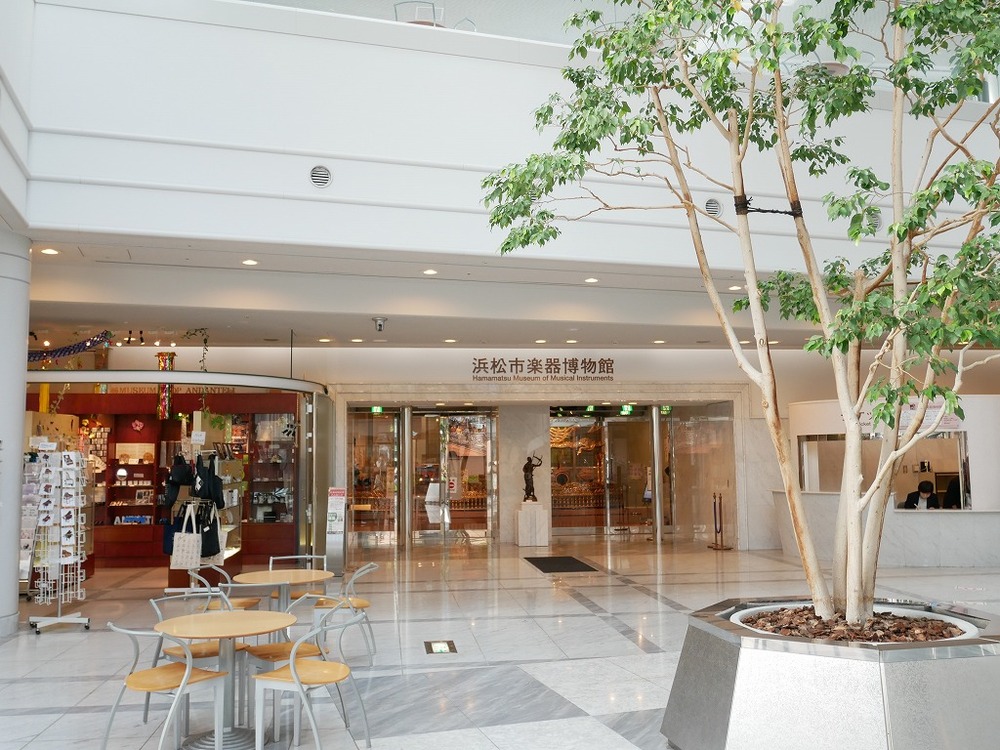
*A bright and open entrance hall with tables and benches
The entrances to the museum shop “Andante” and the restaurant and cafe “LOLO3RD CAFE” are on the left side.
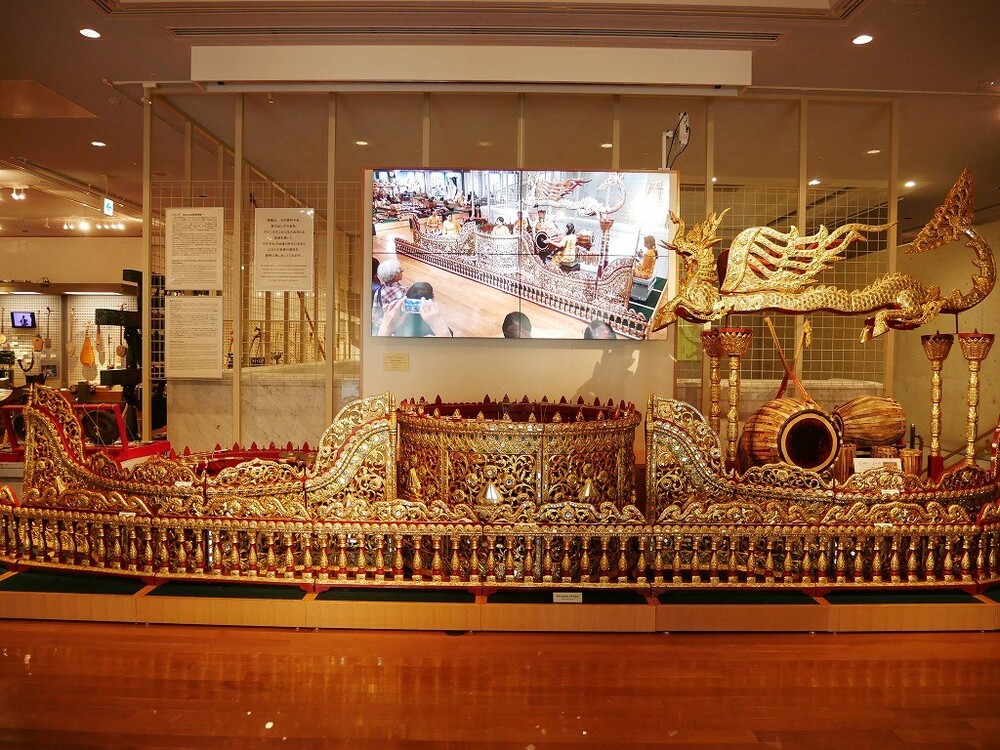
*Myanmar sign wine (percussion instrument)
When you step into the Musical Instrument Museum, you’ll see a large golden instrument in front of you.
This is a Myanmar percussion instrument called Sain Wine, and a musician enters the instrument to play music.
Please look at the monitor in the center to see the performance.
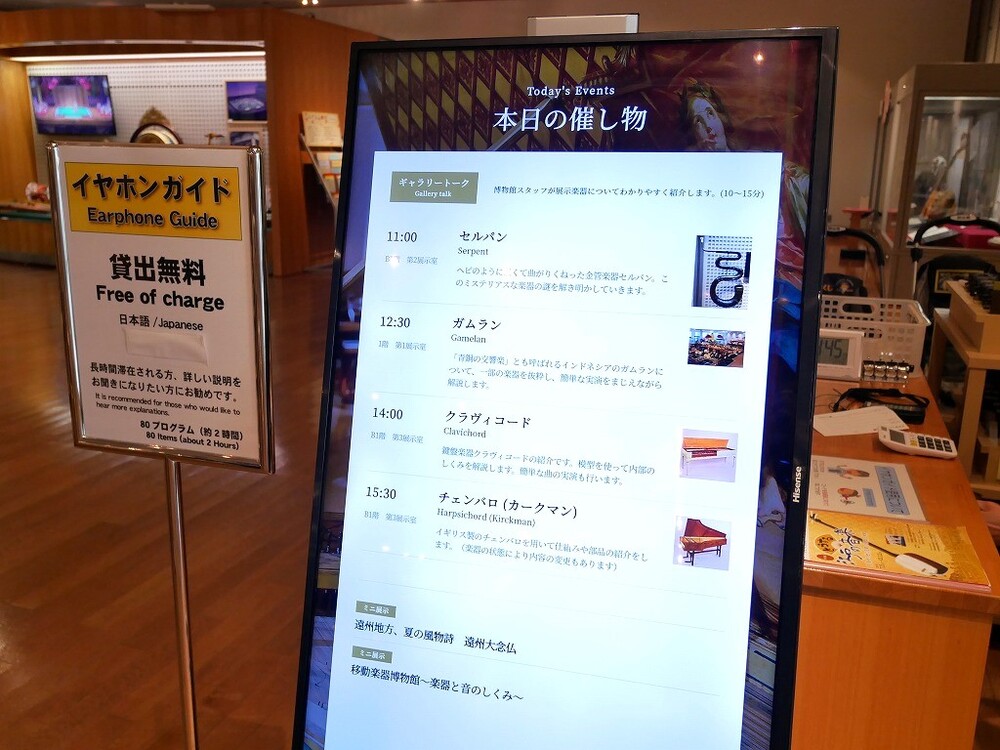
*Today’s event information board (earphone guide rental location is behind this information board)
Inside the museum, museum staff will give gallery talks several times a day, giving an easy-to-understand introduction to the instruments on display.
The content of the gallery talk that day will be announced on the information board at the entrance of the museum, the official website, SNS, etc., so some people may check the content of the gallery talk in advance before leaving.
On the day I visited, there were serpent, gamelan, clavichord, and harpsichord (Kirkman).
Exhibition room 1 with instruments from Asia and Japan
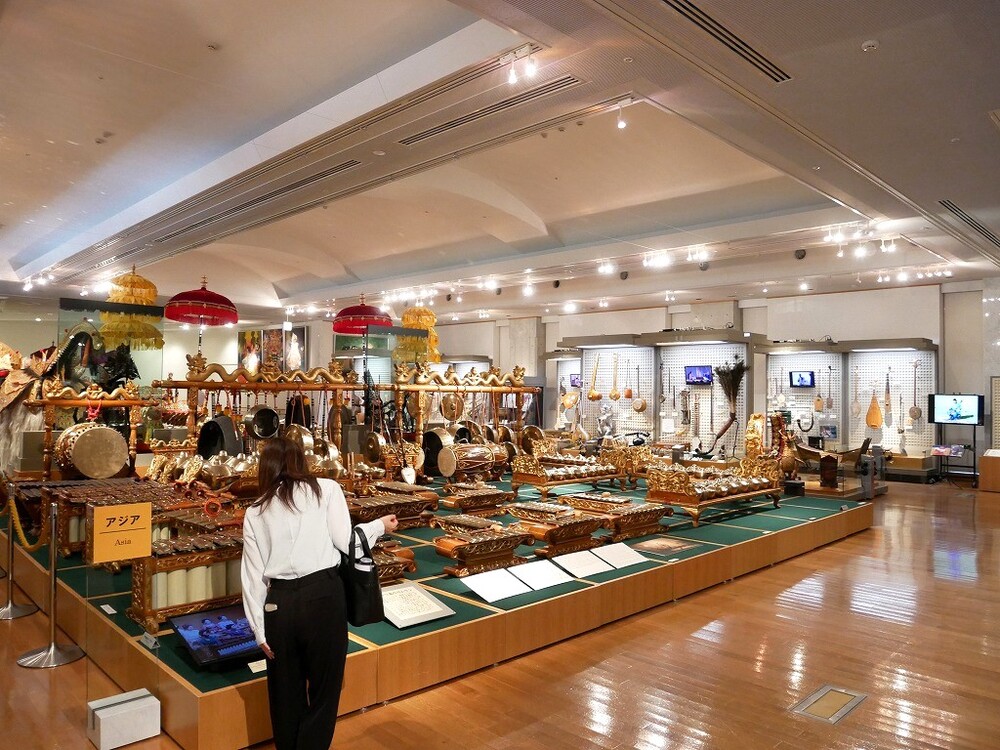
*Gamelan of Java
The first exhibition room exhibits musical instruments from Asia and Japan.
Among the many exhibits, the highlight is definitely Indonesia’s ethnic musical instrument, gamelan!
Gamelan is a form of ensemble folk music centered on melodic percussion instruments, consisting of large, medium, and small copper plates, copper pots, and wooden boards. It is sometimes called the “Bronze Symphony” because of its soothing and harmonious melody.
What the woman is looking at intently is a gamelan performance from Java played on a monitor.
Inside the hall, you can watch the performance from the monitors installed near the instruments.
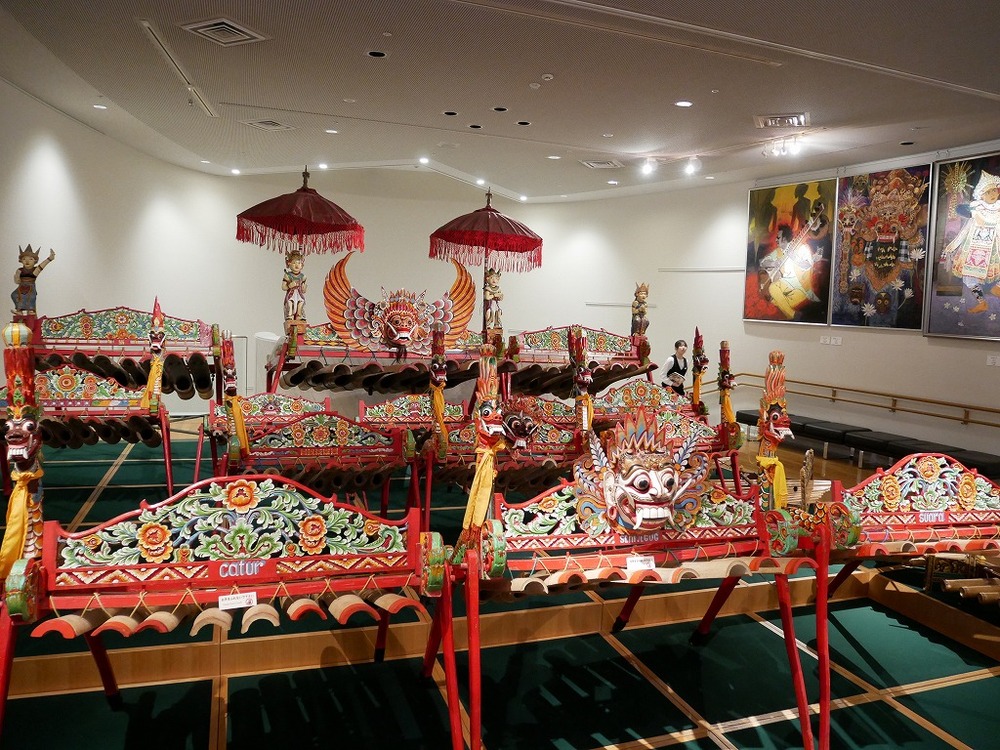
*Jegog (bamboo gamelan from Bali, Indonesia)
The gamelan you can see at the Musical Instrument Museum is not only from Java. Balinese gamelan and Balinese jegog are also on display.
This is the only place in the world where these three items are available as a set! Only at Hamamatsu City Musical Instrument Museum!
Jegog is one of the largest bamboo kotos in the world and is located at the very back of the exhibition room, and its rich colors catch the eyes of visitors.
Bali’s gamelan is located between the Indonesian gamelan near the entrance and Jegog.
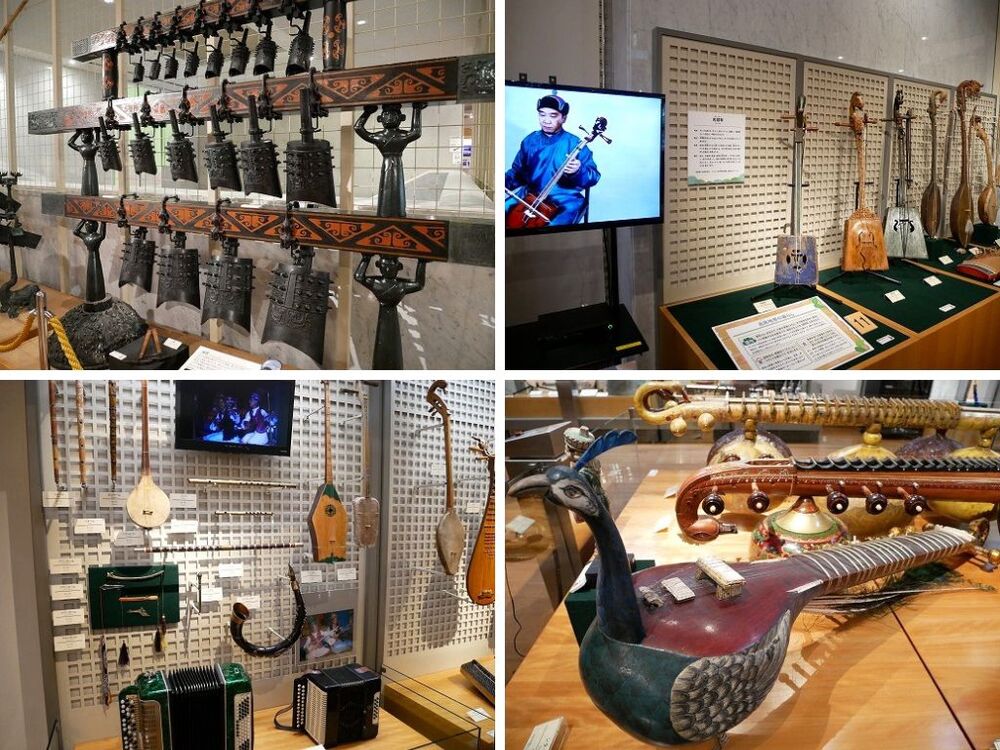
*Top left: Percussion instrument with large and small bronze bells hanging from it, Top right: Batoqin (Mongolian stringed instrument), Bottom left: Mongolian flute and stringed instruments, etc., Bottom right: Sitar (stringed instrument originating from North India)
There are approximately 420 musical instruments on display in the Asia area. Most musical instrument museums tend to focus on European instruments, but at the Hamamatsu City Musical Instrument Museum, you can also see instruments from various regions such as Asia and Africa.
I love that you can see the instruments on display directly rather than through a glass case.
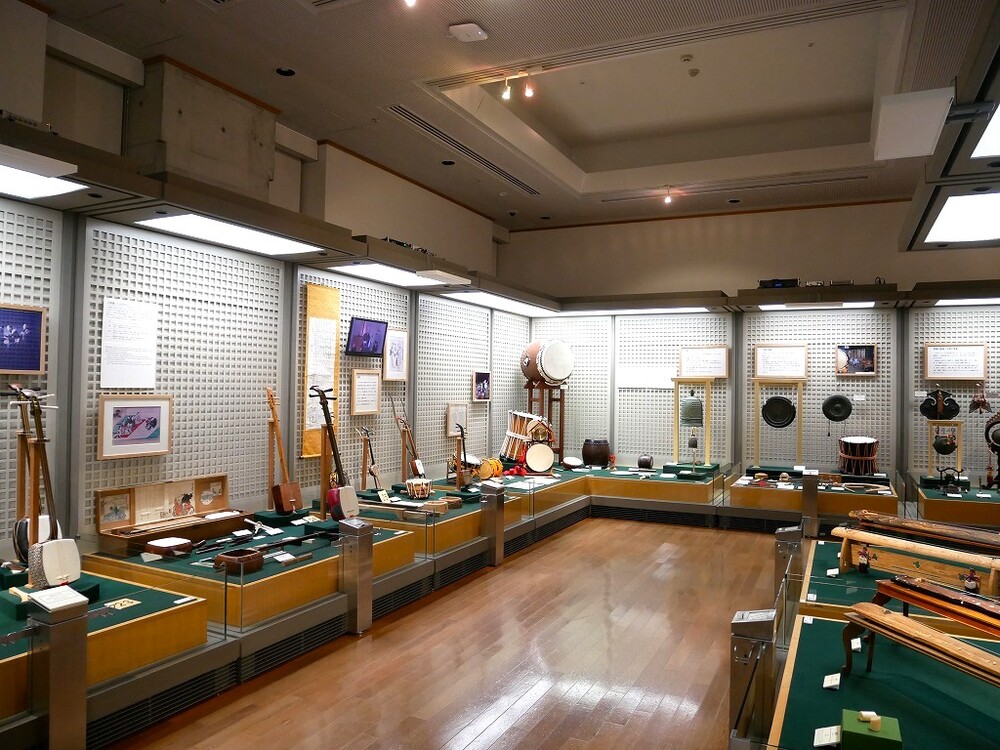
*japanese musical instruments
Japanese instruments are displayed in a separate room from Asian instruments, and are introduced by type and purpose within the exhibition room.
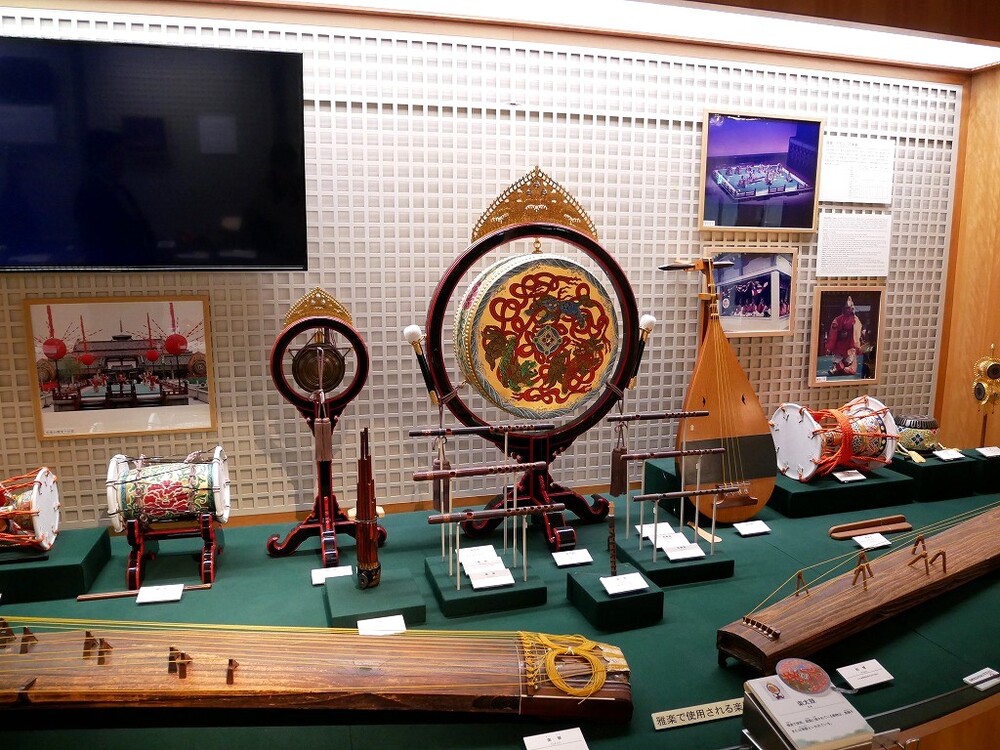
*japanese musical instruments
Some of them are instruments used in gagaku music that appeared in the 2024 taiga drama “Hikaru Kimi e” (NHK).
The scene where the main character, Mahiro (later Murasaki Shikibu), performs the five-section dance during the Gagaku performance is very memorable.
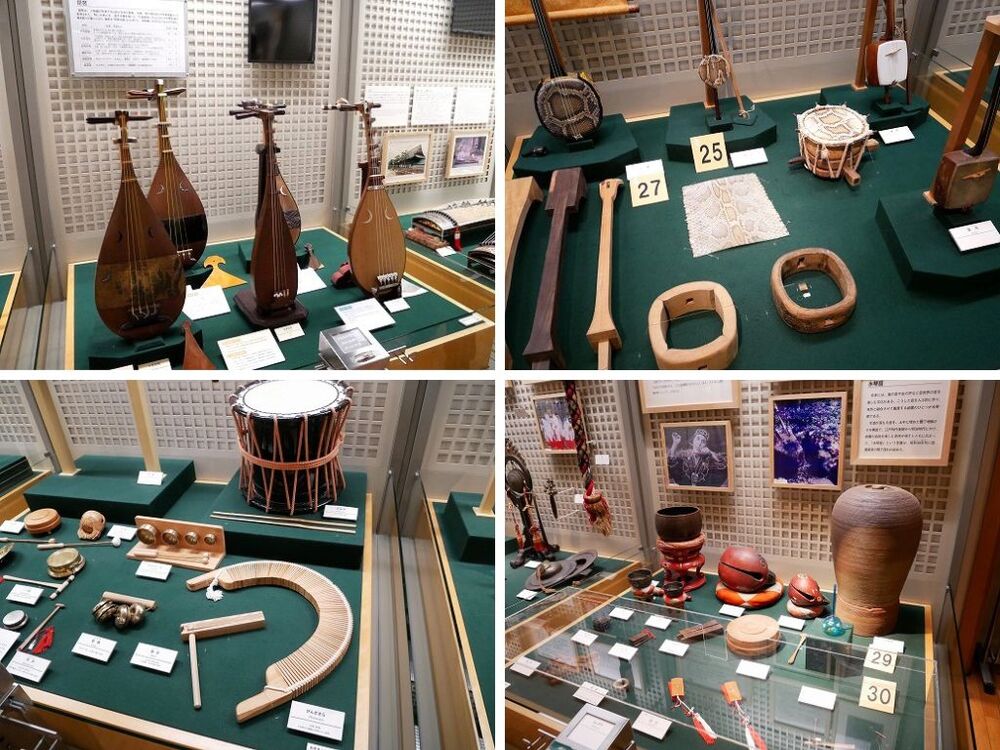
*Top left: Biwa, Top right: Sanshin, Bottom left: Geza instruments, Bottom right: Suikinkutsu, Mokugyo, etc.
You can also see koto, biwa, flute, shamisen, and other instruments used in religious ceremonies.
The sanshin sanshin is an Okinawan stringed instrument whose body is covered with python skin. It is similar to the shamisen, but it is a different instrument.
Shimoza Geza is a Kabuki musical accompaniment that is played to enliven a Kabuki play. The half-arc shaped “binzasara” is a traditional instrument used in the folk song “Kokiriko Bushi.”
In addition to these, there are many other Japanese musical instruments on display. If you are interested, please visit the Musical Instrument Museum.
Electronic musical instruments, domestically produced Western musical instruments, experience rooms and workshops are in the 4th exhibition room.
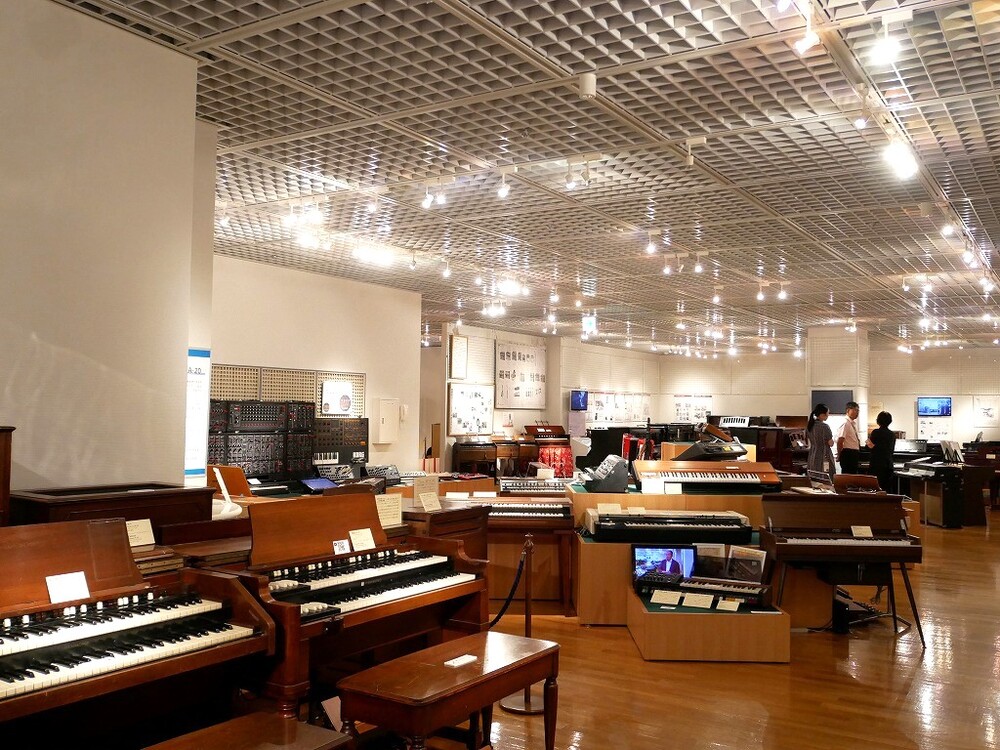
*Entrance to Exhibition Room 4
The fourth exhibition room has an exhibition of electronic musical instruments and domestically produced Western musical instruments, as well as an experience room and workshop area.
Numerous electronic musical instruments are lined up in a row.
As far as I can see, it’s all electronic instruments. Amazing…!
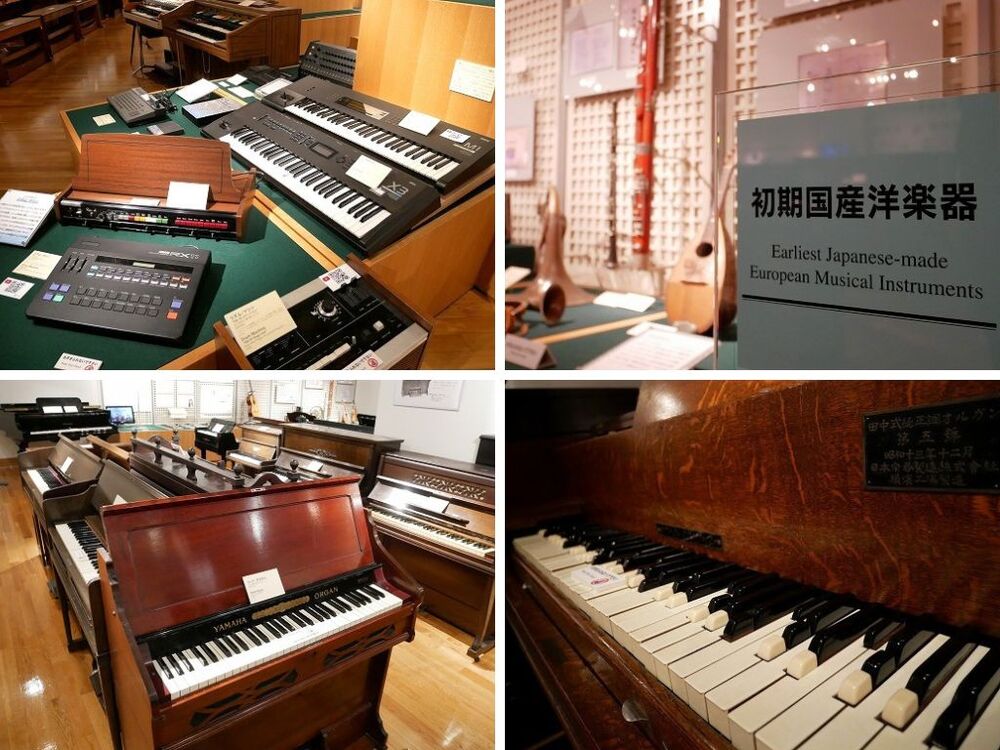
*Top left: Rhythm machines and synthesizers, etc., Top right: Early Japanese-made Western musical instruments corner, Bottom left: Reed organ, Bottom right: Genuine reed organ (has more keys than normal keyboard instruments to express natural sounds) , 22 white keys and black keys are arranged per octave)
What makes this museum interesting is that it also exhibits musical instruments manufactured before the war in the same room as modern electronic musical instruments such as synthesizers and rhythm machines.
The genuine reed organ was invented and manufactured by Dr. Shohei Tanaka, and a total of 5 units were manufactured. The one on display at the Hamamatsu City Musical Instrument Museum is the last one made.
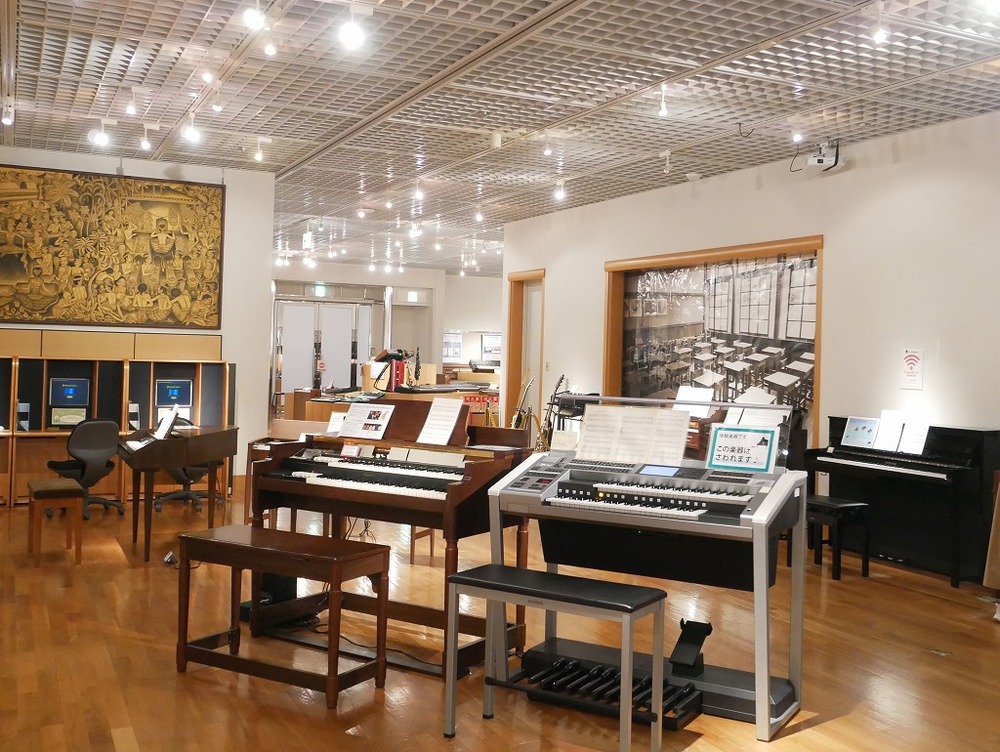
*Experience corner
In the experience corner at the back of the exhibition room, there were reed organs that some people felt nostalgic just by looking at.
A reed organ is an organ that sucks air into its interior by stepping on the pedals at its feet alternately, causing the reeds to vibrate and produce sound.
There is also a reed organ that visitors can actually play, so if you are interested, please check it out.
The workshop area is in the back of this room.
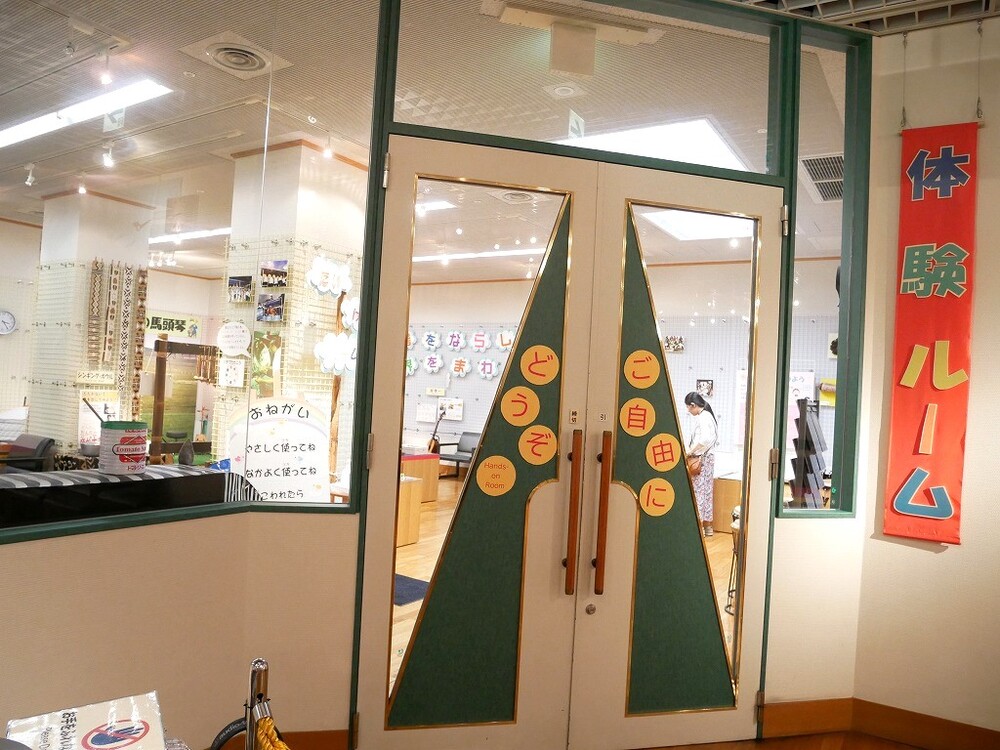
*Door to experience room
The experience room can be accessed from the keyboard instrument corner where you can try out hands-on instruments.
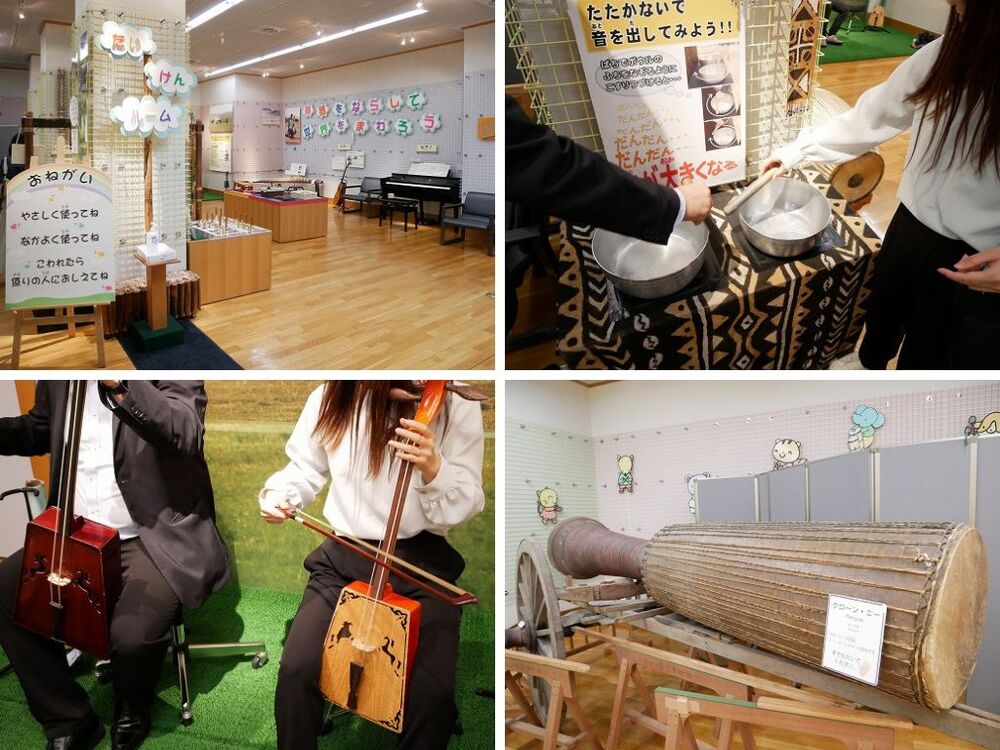
*Top left: Experience room, Top right: Singing bowl, Bottom left: Experience playing the horse head harp, Bottom right: Khlong Ae (a large drum used for signals in Thai temples)
Singing bowls are body-sounding instruments used in religious ceremonies in Nepal and Tibet. Try rubbing the rim of the bowl with a stick!
It is also located in the 1st exhibition room, where you can also experience the horse head harp, which is famous for “Suho’s White Horse”.
In addition, there are angklung, a bamboo percussion instrument from Indonesia, and djembe, a traditional musical instrument used throughout West Africa.
What kind of sound does the large drum Clone A make when struck?
European keyboard instruments are displayed in the third exhibition room.
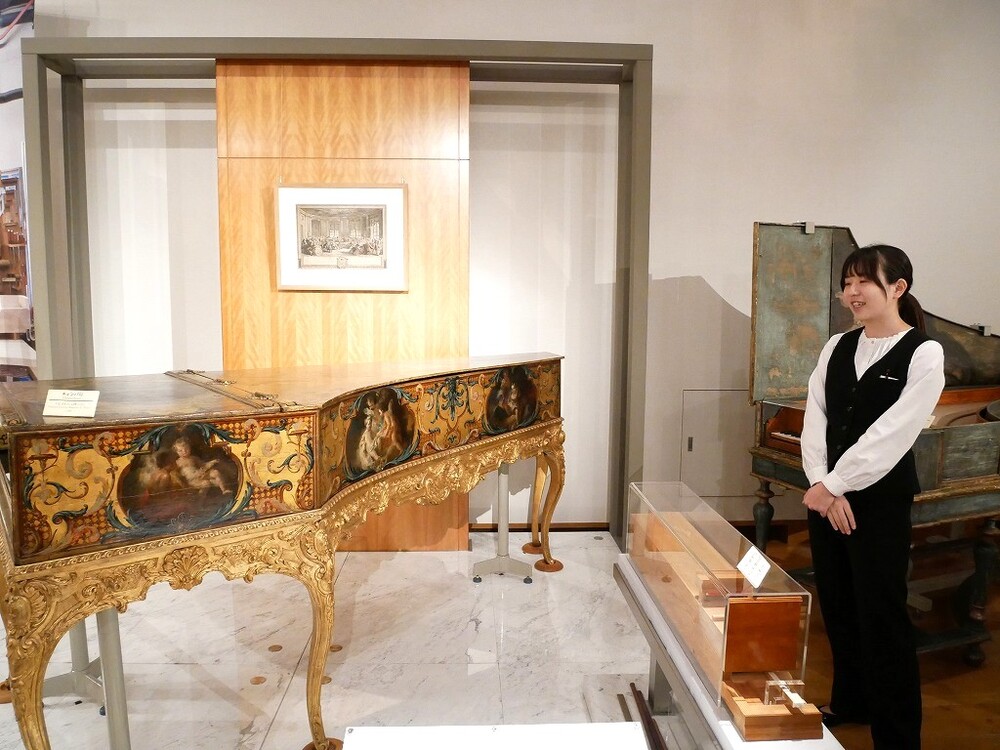
*Gallery talk by curator
The second and third exhibition rooms are on the basement floor.
The second exhibition room is at the bottom of the stairs, but since the time for the gallery talk was approaching, I started my tour from the third exhibition room.
In the third exhibition room, you can see European keyboard instruments.
The last gallery talk of the day was about the harpsichord.
After listening to the curator’s explanation using a tablet, we listened to a demo performance.
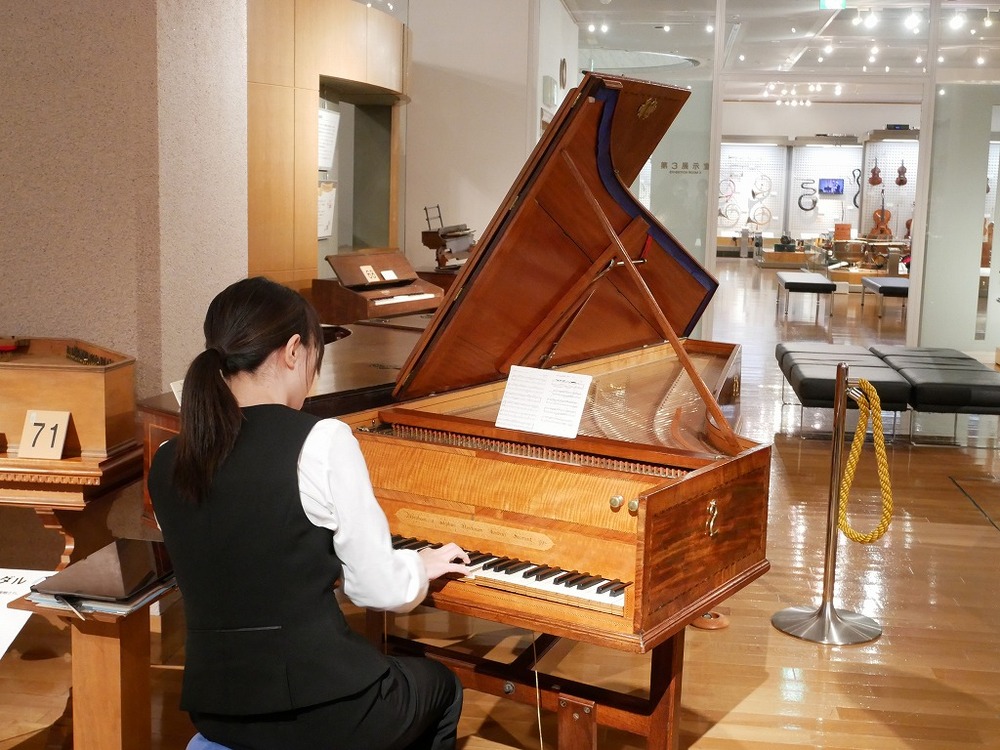
*Harpsichord played at gallery talk
The harpsichord, which has a light tone, was mainly played in court for royalty and aristocrats, so the sound was low and OK.
After that, the performance environment changed with the times, and as many people started listening to music in large halls, the sounds produced by instruments also changed.
If you have time, please enjoy the demo performance at the gallery talk.
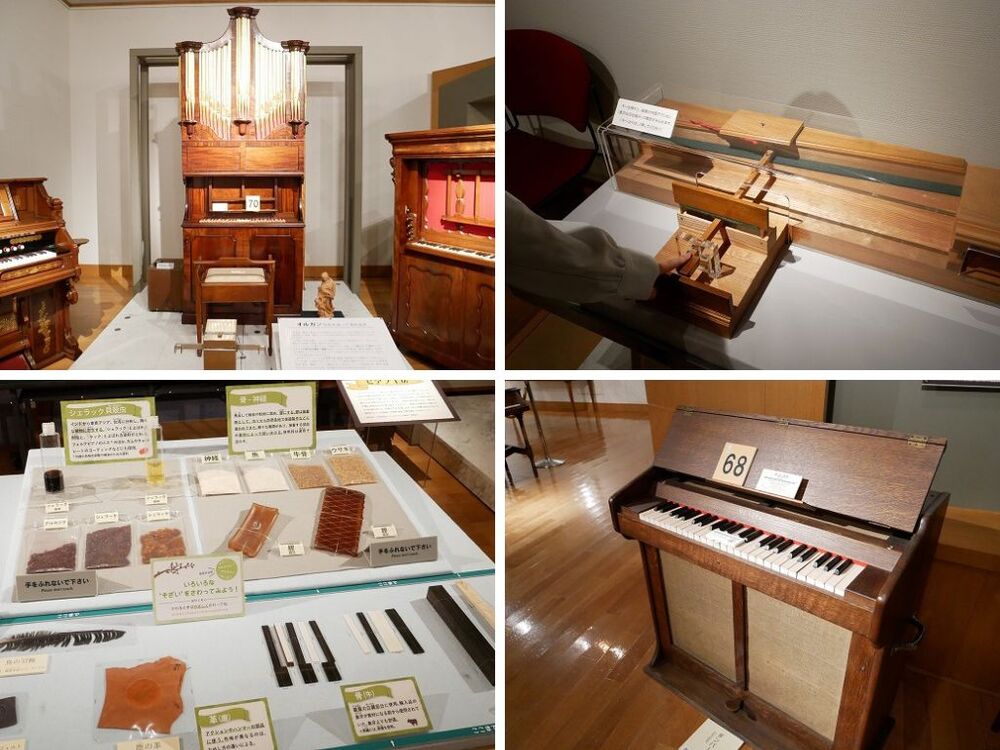
*Top left: One of the four pipe organs in Hamamatsu City, Top right: Experience the internal action of the instrument, Bottom left: Piano material, Bottom right: Celesta (keyboard instrument that appeared in “Nodame Cantabile”. Theremin is the fourth (in the exhibition room)
Inside the exhibition room, you can experience the inner workings of musical instruments and see the actual materials used in the piano workshop.
Some people seem to remember the manga “Nodame Cantabile” when they see Celesta.
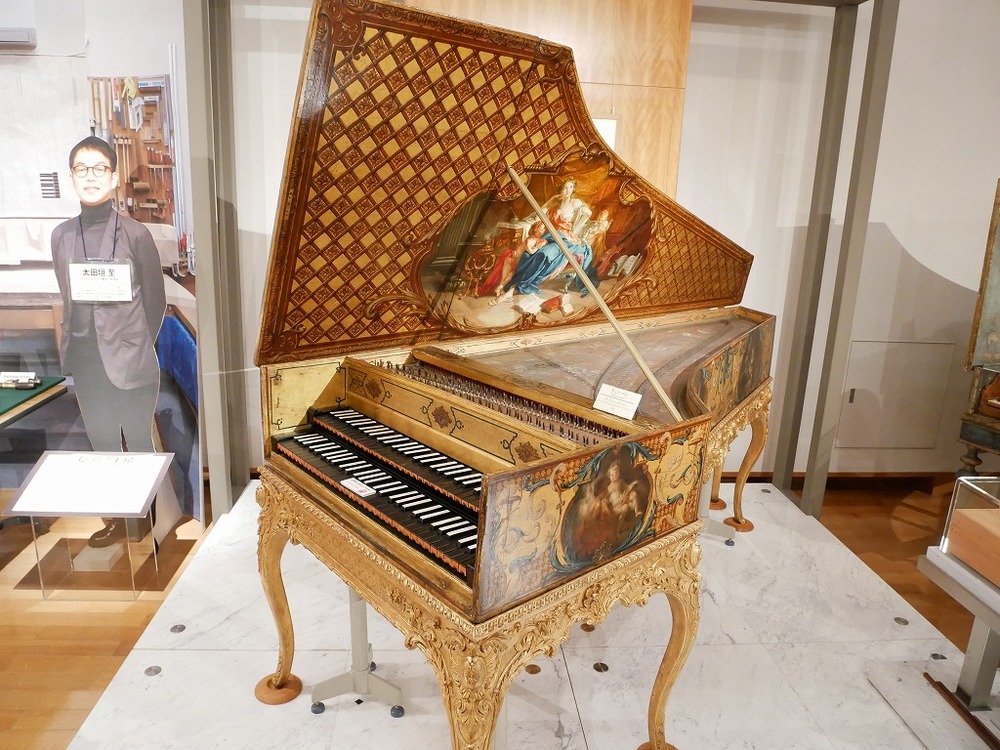
*Harpsichord made by the Blanchet family, which had a relationship with the French royal family (made in 1765)
Harpsichords are called club sans in France, and the one pictured above was made in 1765 by the Blanchet family, who had ties to the French royal family.
The King of France at the time was Louis XV. Marie Antoinette married into the French royal family in 1770, so she may have heard the sound of this harpsichord.
No wonder it’s said that “its existence in Japan is a miracle.”
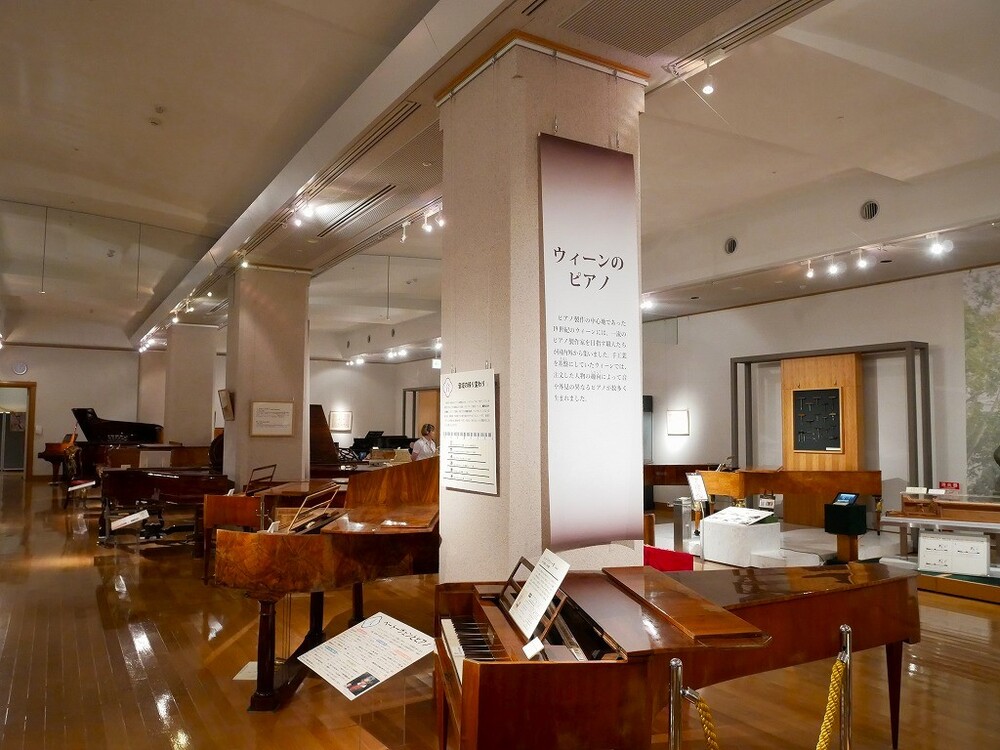
*vienna piano corner
In addition to these, you can still see many European keyboard instruments.
I was slightly shocked to learn in the string history corner that harps have pedals attached to their feet, which are often hidden by the performer’s clothing.
2nd exhibition room where you can enjoy musical instruments from Oceania and Africa
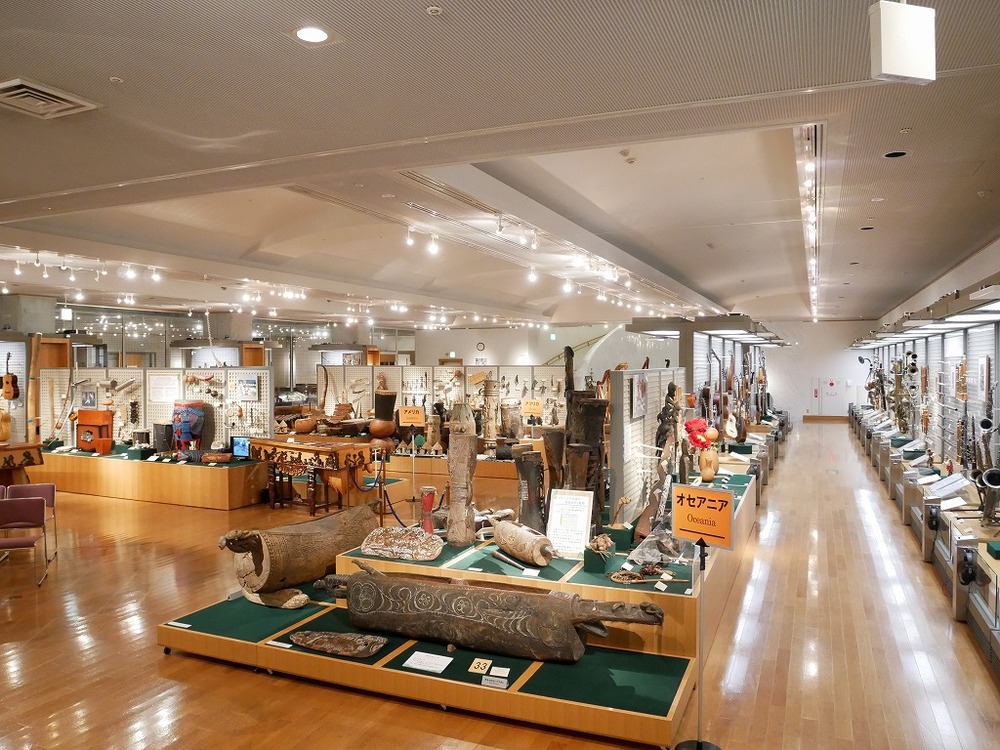
*The second exhibition room is just down the stairs.
The second exhibition room displays musical instruments from Oceania, Africa, America, and Europe.
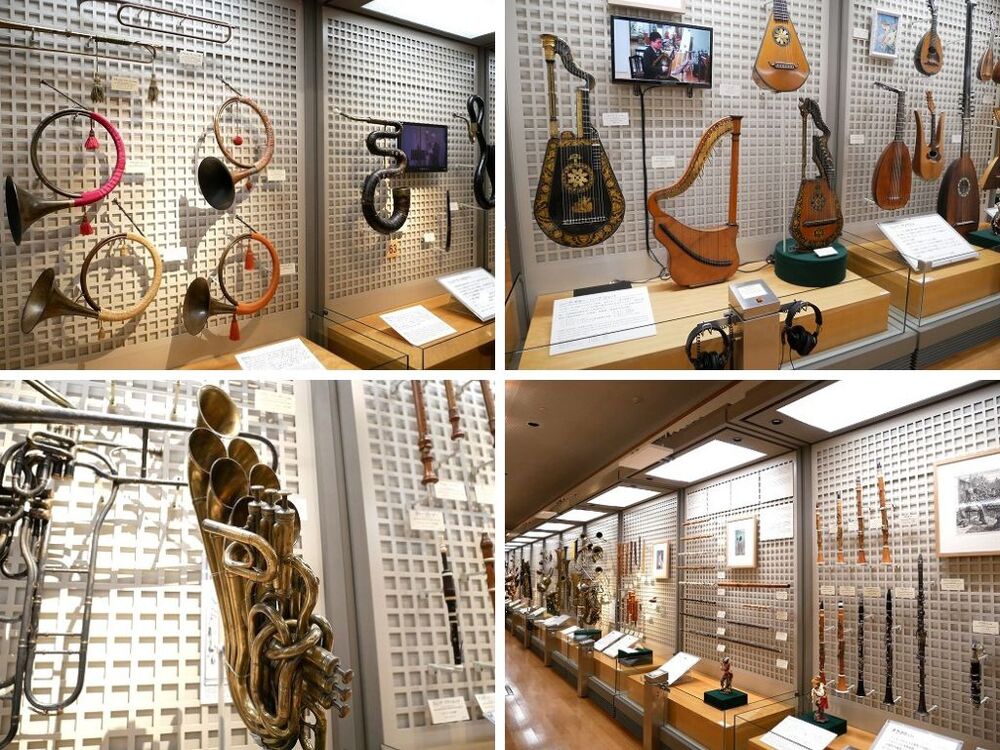
*Top left: horn or serpent, top right: lute or mandolin, bottom left: valve cornet, bottom right: clarinet, piccolo, etc.
In the exhibition area along the wall, you can see the evolution of a wide variety of musical instruments such as trumpets and horns, as well as instruments from all over Asia, such as the side-blown trumpets from Papua New Guinea.
You can enjoy the performance even more by watching the performance on a monitor and listening to the actual sound through earphones.
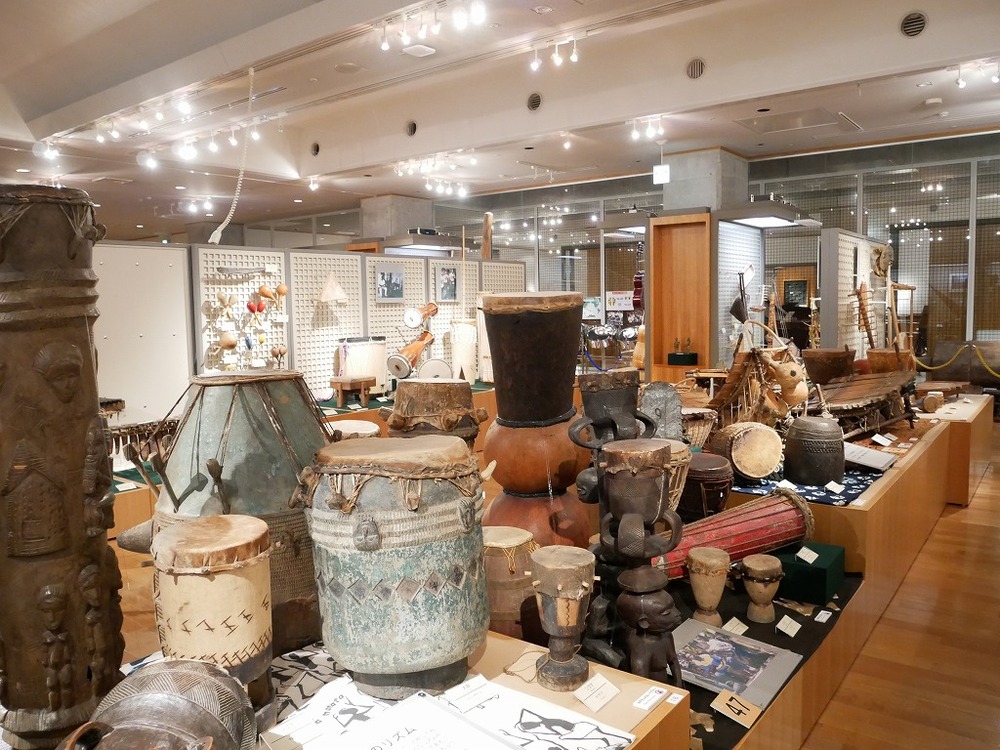
*african drum
Check out the size of African drums up close!
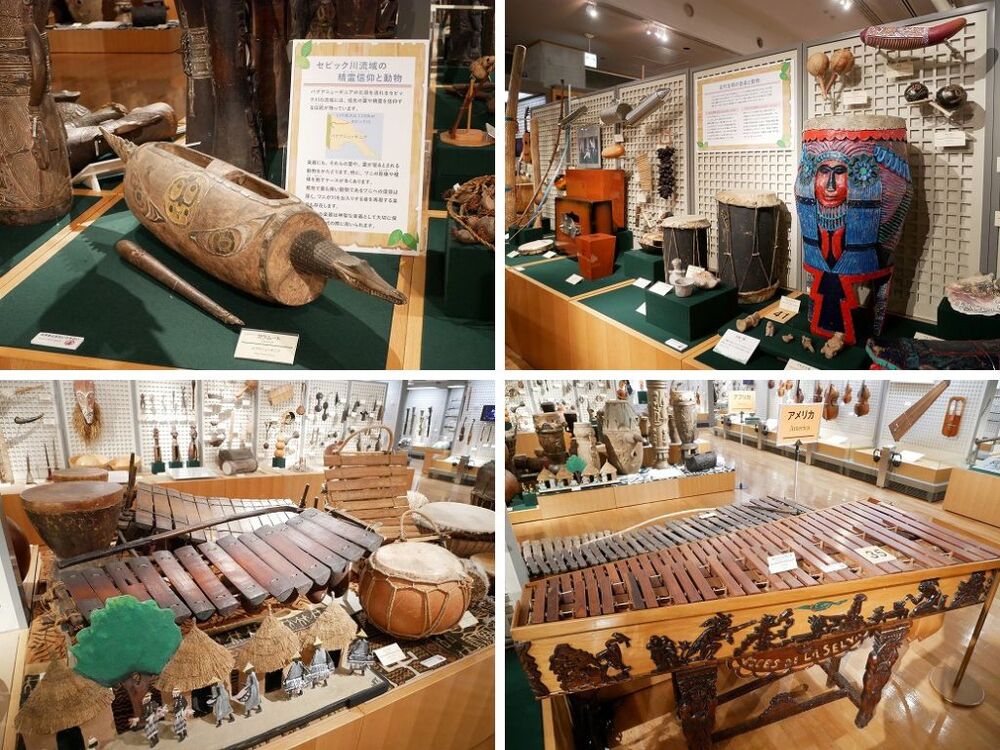
*Top left: Garamut from Papua New Guinea imitating a crocodile, Top right: Music and animals of ancient civilizations (Mayan and Aztec), Bottom left: African musical instruments, Bottom right: Marimba Requinta from Guatemala.
In addition to the image above, there are bag pipes from Scotland, steel pans invented in the Republic of Trinidad and Tobago, the southernmost island nation in the Caribbean, and marimba thumb pianos from Tanzania.
Inside the exhibition room, you can see many instruments, from large to small, as well as simple instruments.
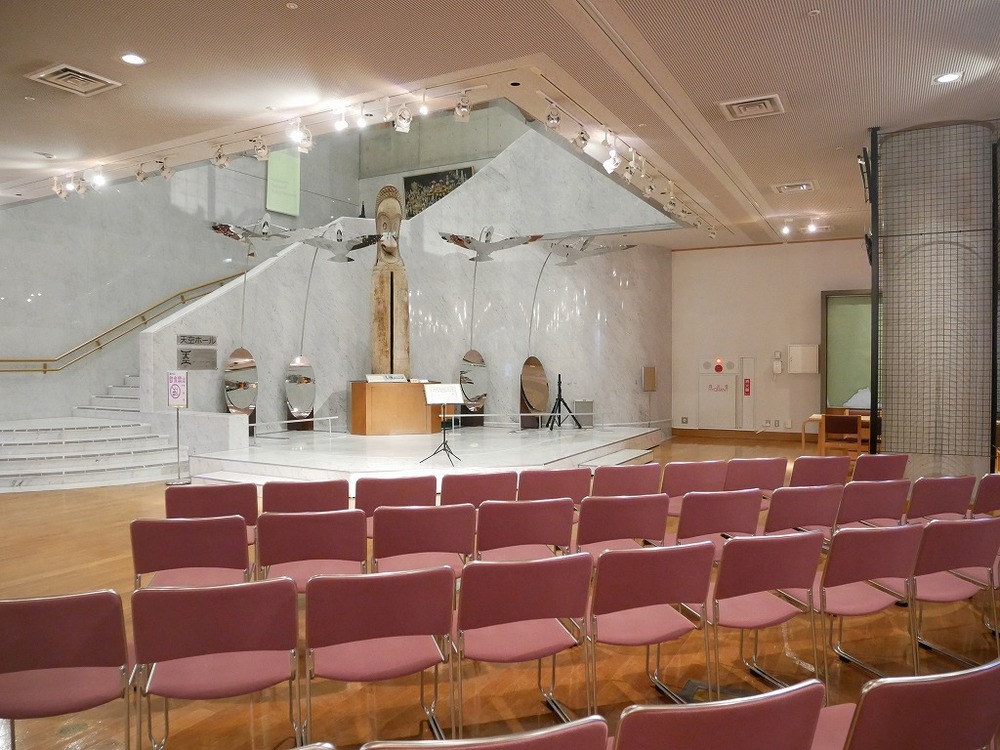
*sky hall
The Tenku Hall also holds museum salons (mini concerts and lectures) and lecture concerts (separate fees apply).
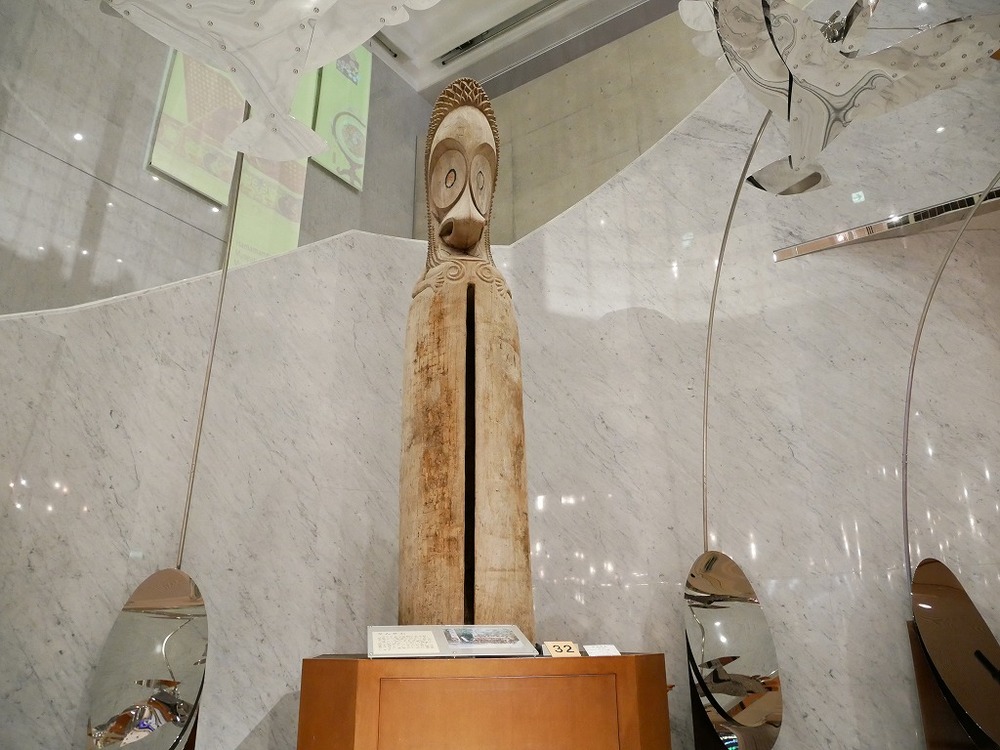
*Tenku Hall Tam Tom (slit drum)
In the center of the sky hall is a large tom-tam.
A tam-tam is a slit drum used in ceremonies in the Republic of Vanuatu in the South Pacific, and is said to be one of the largest in the world.
According to Masuda from the museum, “The Tamtam was the most difficult to put on display, including its size and weight.”
Please look up from below and get a feel for its size.
The basic concept of the museum since its opening has been to “explore human wisdom and sensitivity through musical instruments by displaying musical instruments from all over the world equally and without bias.”
In line with this basic concept, you can see instruments from not only Europe but also various regions such as Asia and Africa.
Why not enjoy music casually at the Hamamatsu City Musical Instrument Museum, where you can see, listen, and even experience it?
<How to access Hamamatsu City Musical Instruments Museum>
Address : 3-9-1 Chuo, Chuo-ku, Hamamatsu City
Closed : 2nd and 4th Wednesday of each month, year-end and New Year holidays, facility inspection days, etc.
Phone : 053-451-1128
Access : Approximately 10 minutes walk northeast from the north exit of JR Hamamatsu Station
Hamamatsu City Musical Instruments Museum official website (external japanese link)

